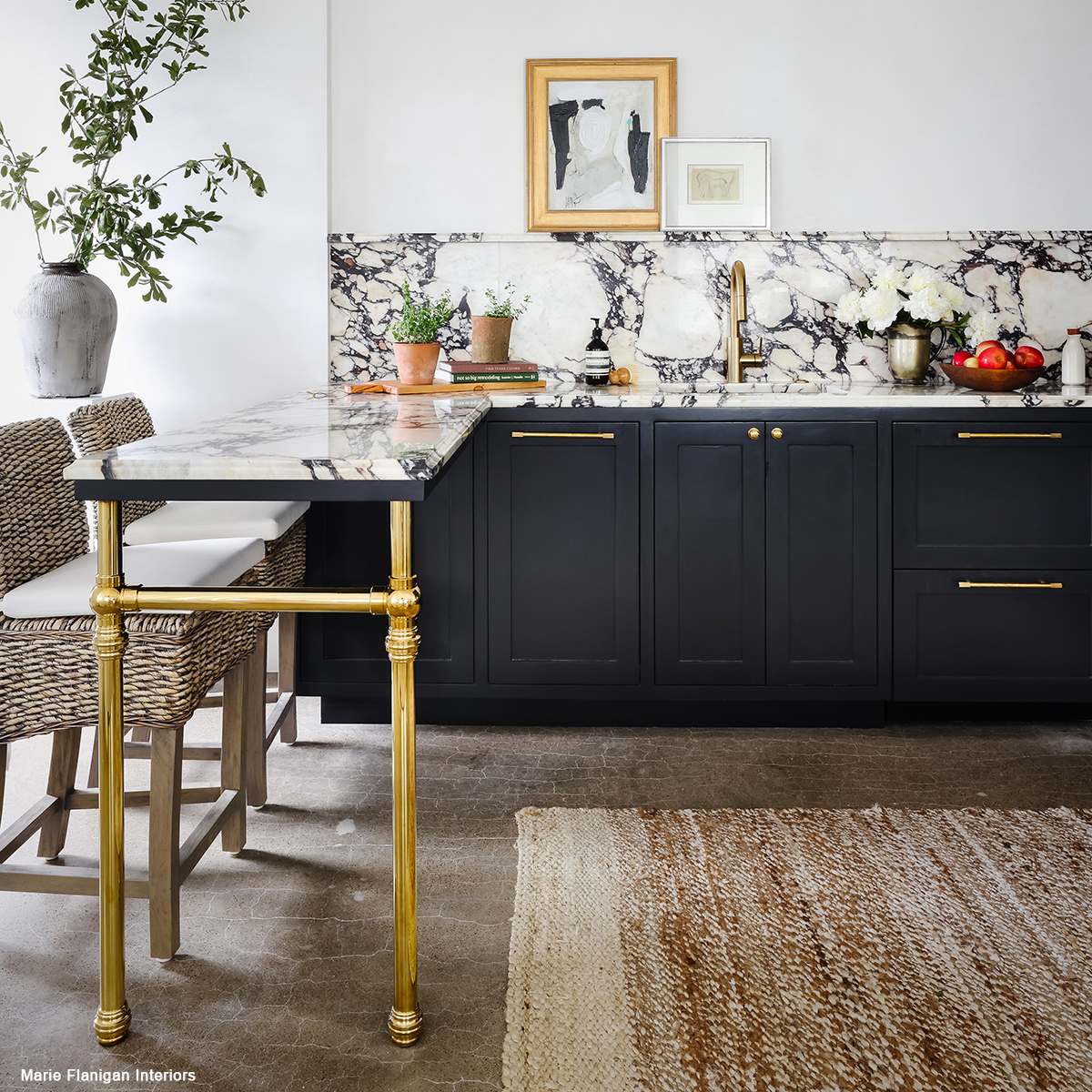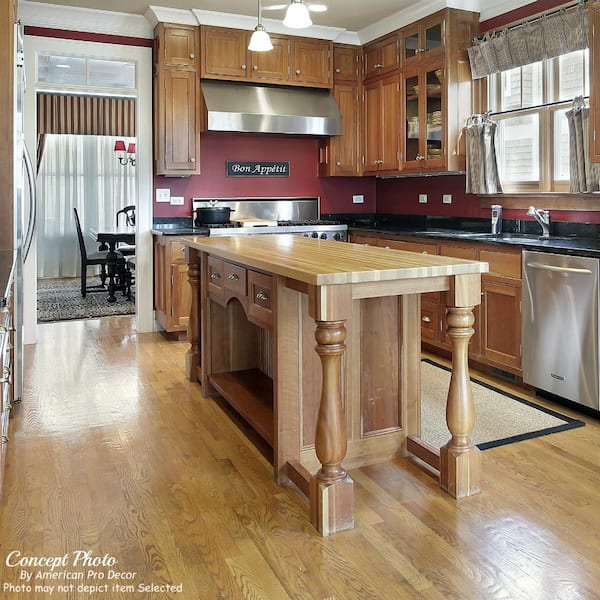Boost Your Space with Stylish Legs For Kitchen Island Layouts
Wiki Article
Necessary Aspects to Think About When Choosing Legs For Kitchen Area Island
Selecting the appropriate legs for a cooking area island entails a cautious evaluation of multiple factors that can dramatically affect both performance and aesthetic allure. Amongst these, the choice of product plays an essential function in ensuring durability, while the layout needs to complement the existing style. Moreover, factors to consider such as height and weight assistance are necessary for stability and convenience. As we explore these components, it becomes clear that each choice can have significant implications for the general kitchen experience. What subtleties should be considered in each of these classifications to accomplish the perfect equilibrium?Material Options
When choosing legs for a cooking area island, understanding the different product options is vital for attaining both aesthetic charm and architectural honesty (Legs For Kitchen Island). The choice of material substantially affects not only the sturdiness of the island yet also its overall style and capabilityMetal legs, frequently made from stainless steel or wrought iron, contribute a modern and industrial feel while ensuring resilience and stability. These materials are immune to put on and can sustain considerable weight, making them suitable for bigger islands.
One more choice is engineered products, like MDF or plywood, which can be extra cost-efficient while still supplying a variety of surfaces. Nevertheless, they may not provide the very same degree of stability as strong timber or metal. Materials such as acrylic or glass can create a contemporary appearance, though they may need added assistance to make sure stability.
Eventually, the choice of material for cooking area island legs must align with the wanted performance and the overall motif of the kitchen area.
Design And Style

When taking into consideration design, the form and coating of the legs are critical. Tapered legs can provide a sense of lightness and elegance, while thicker, more robust legs can convey strength and stability. Additionally, the coating-- be it repainted, tarnished, or all-natural-- must match the cabinets and counter top materials to create a unified look.
Moreover, the layout of the legs can additionally mirror individual taste. Customized or decorative legs, such as those featuring detailed makings or special geometric shapes, can function as prime focus, including personality and character to the kitchen. Inevitably, the ideal selection will certainly not only enhance capability however likewise elevate the visual charm, making the kitchen island a standout attribute of the home.
Elevation Considerations
Choosing the ideal height for kitchen island legs is crucial, as it straight affects both capability and convenience. The basic elevation for a kitchen area island usually varies from 36 to 42 inches, lining up with common kitchen counter heights. A 36-inch elevation is suitable for cooking and food preparation, allowing for comfortable use cooking area appliances and tools. Conversely, an elevation of 42 inches is frequently preferred for islands meant for bar seating, fitting taller stools and using a casual dining experience.
It is likewise vital to account for customers' choices and heights. Tailoring the height can ensure a comfy experience for all family participants, making the cooking area island a much more enjoyable and useful area.
Weight Support
Making certain sufficient weight assistance for kitchen here are the findings area island legs is vital for both security and functionality. The cooking area island frequently offers several objectives, including cooking, dining, and extra storage, requiring a durable support framework. When picking legs, it is essential to take into consideration the overall weight ability required based on the island's planned use and the products that will be positioned on it.The selection of material for the legs plays a considerable duty in their weight-bearing capabilities. Strong timber, metal, and durable compounds generally offer premium strength compared to lighter products. In addition, the design of the legs-- whether they are directly, tapered, or have a pedestal kind-- can affect their ability to distribute weight successfully throughout the structure.
Additionally, the leg positioning should be tactically prepared to boost security. Legs positioned at the corners or with a larger base can much better sustain larger lots. Always speak with the maker's requirements pertaining to lots limits to ensure that the legs can sustain the designated weight without jeopardizing security. In recap, choosing kitchen area island legs with appropriate weight support is vital for producing a practical and risk-free culinary area.
Installment and Upkeep
Appropriate installation and upkeep of kitchen island legs are essential for making sure longevity and security. This often entails securing the legs to the island base making use of appropriate bolts, ensuring that the legs are degree and aligned.When mounted, routine upkeep is necessary to protect the integrity and appearance of the legs - Legs For Kitchen Island. For wood legs, periodic cleaning with a wet cloth and application of appropriate timber polish can stop dampness damage and preserve their coating. Metal legs may call for a mild cleaning option to get rid of grease and gunk, adhered to by a dry cloth to stop corrosion formation
Additionally, examine the legs on a regular basis for indicators of wear or damages, such as cracks or loose joints. Tightening screws or bolts as needed can also prolong the lifespan of the legs. By adhering to these browse around these guys setup and maintenance methods, house owners can make sure that their cooking area island continues to be strong and aesthetically appealing for several years to find.
Final Thought

Aesthetic coherence is vital in picking the style and design of legs for a kitchen area island, as these aspects substantially affect the overall ambiance of the space. Tapered legs can supply a feeling of agility and style, while thicker, more robust legs can convey strength and stability.Selecting the suitable elevation for kitchen area island legs is vital, as it straight influences both capability and convenience. In recap, picking cooking area island legs with ample weight assistance is crucial for developing a useful and secure cooking area.
In final thought, choosing legs for a kitchen area island requires careful see this consideration of various factors, consisting of product choices, style, height, weight assistance, and installment.
Report this wiki page